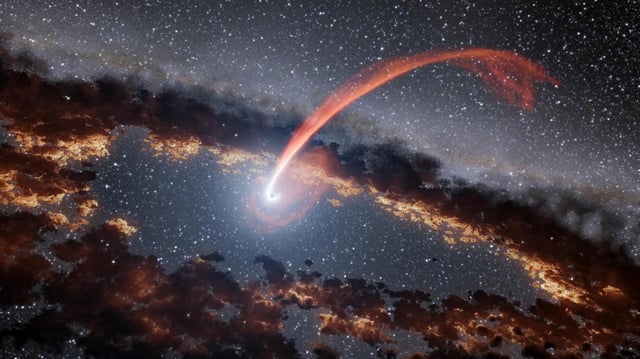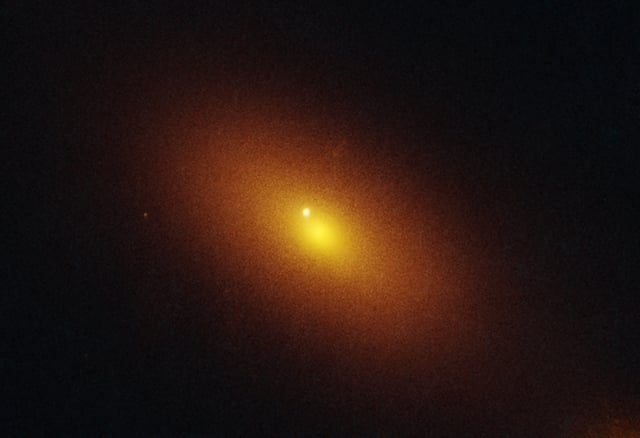Overview
- The most extreme event, Gaia18cdj, emitted roughly 25 times more energy than the brightest known supernovae and remained luminous for years
- ENTs arise when stars at least three times the Sun’s mass stray within a black hole’s tidal radius and are torn apart
- Initial detections emerged from a systematic search of ESA’s Gaia data and were confirmed through follow-up by facilities including ATLAS, Keck and Palomar’s Zwicky Transient Facility
- These transients occur at least ten million times less often than conventional supernovae, underscoring the need for long-term, high-sensitivity monitoring
- Upcoming instruments like the Vera C. Rubin Observatory’s LSST and NASA’s Roman Space Telescope are poised to boost ENT discovery and illuminate black hole growth and galaxy evolution



